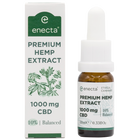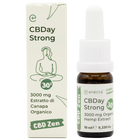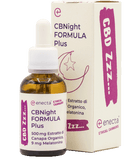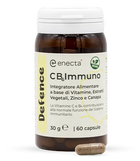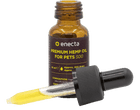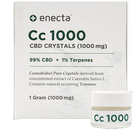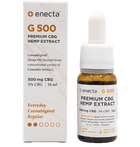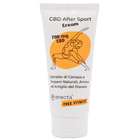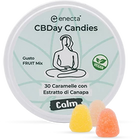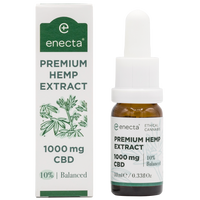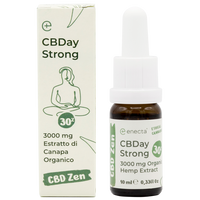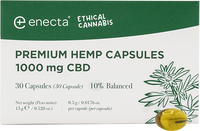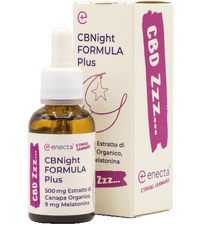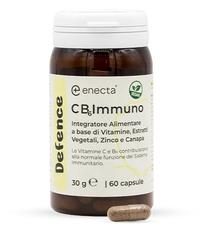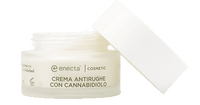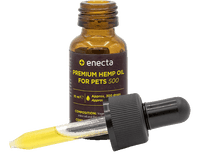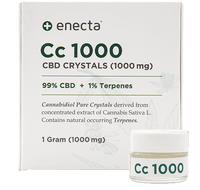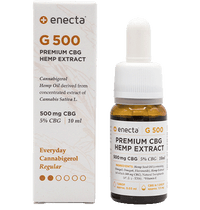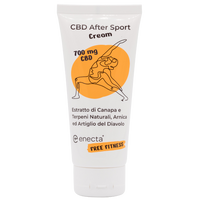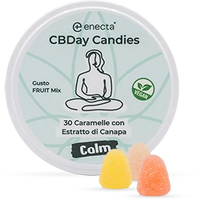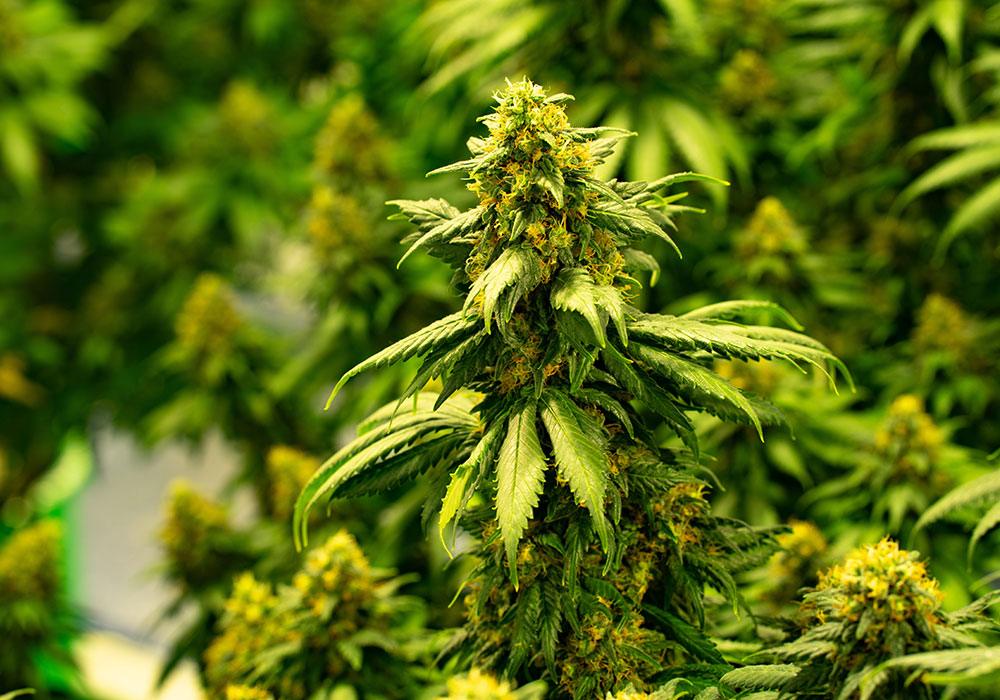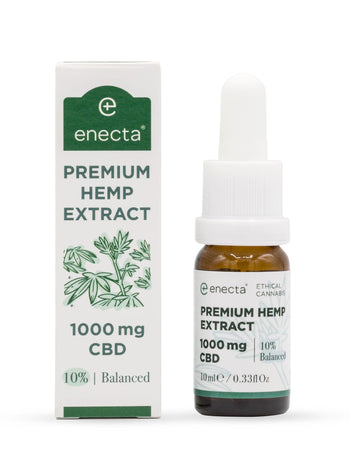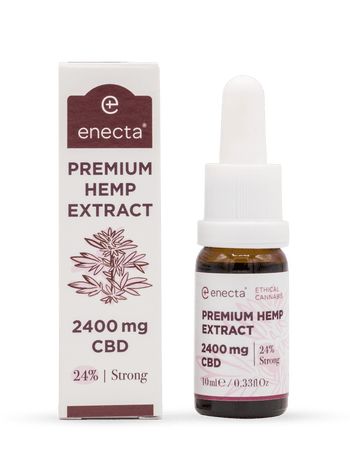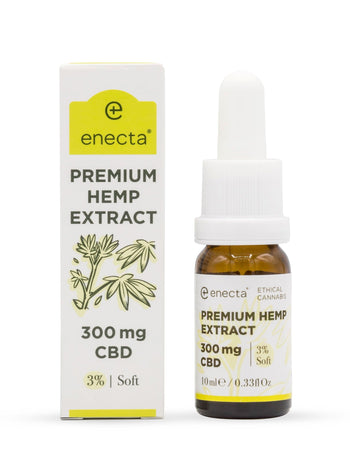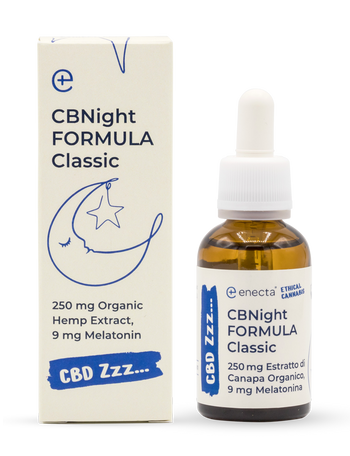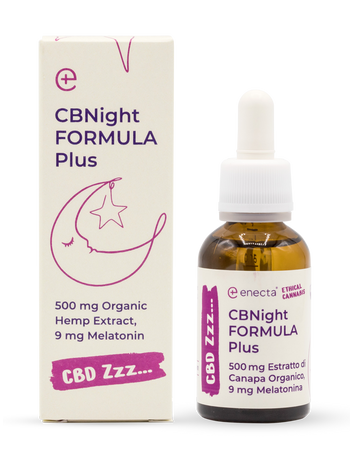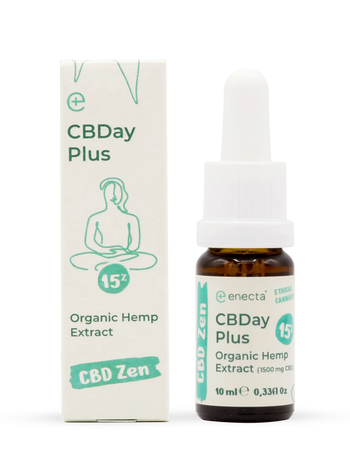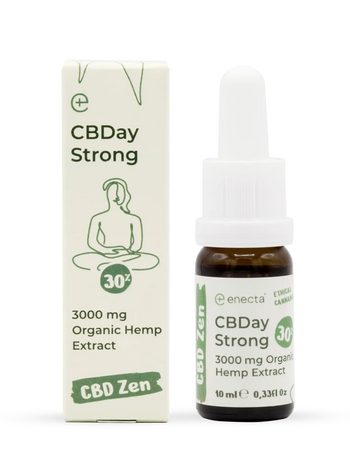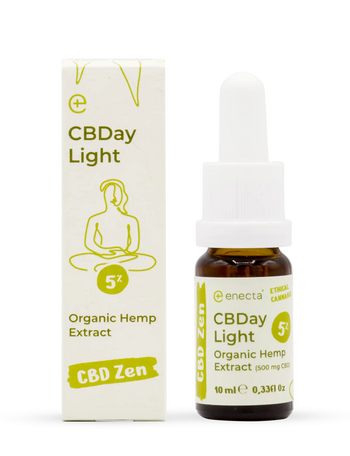Endocannabinoids, Phytocannabinoids, and Cannabinimetics: let's talk about cannabinoids!
There are three main categories of cannabinoids, the naturally occurring chemical compounds that stimulate or work alongside our endocannabinoid system. The first of these are endocannabinoids themselves. These are cannabinoid molecules that are naturally produced in our bodies to keep us balanced and healthy.
The second of these is phytocannabinoids, these are cannabinoid molecules that come directly from the cannabis plant.
The third category is cannabimimetics, which are synthesized copycat molecules that are produced by the pharmaceutical industries for prescription use.
Phytocannabinoids:
Phytocannabinoids are any natural product derived from plants that can directly interact without cannabinoid receptors or share a similarity with cannabinoids, or both. These are the molecules most people think of when they hear the word cannabinoid.
Phytocannabinoids were discovered in Israel in the 1960s, in the late 1980’s they led to the discovery of the bodies endocannabinoid system. The endocannabinoid system is believed to be the most extensive receptor system in the human body, and perhaps the most vital regulator of homeostasis and health in humans and vertebrates in the animal kingdom.
THC - TETRAHYDROCANNABINOL
THC is the primary psychoactive component in marijuana, acting on both the CB1 and CB2 receptors. THC has proven to reduce vomiting, nausea, and pain perception.
It's also used as a sleep aid and to suppress muscle spasms. Research suggests that THC could inhibit the growth of cancer cells and act as a neuroprotective.
Although THC is the most abused cannabinoid for recreational purposes, it offers a range of benefits when used efficiently, including:
- Reduced Inflammation
- Pain Relief
- Decreased Heart Disease Risk
- Slows Macular Degeneration
- Helps Relieve Parkinson’s Symptoms
- Increases Appetite
- Can Slow down the Progression of AIDS
- Encourages Neuroplasticity
- Reduces Some Symptoms of PTSD.

Cannabidiol (CBD)
Cannabidiol is the second most popularly reserached cannabinoid in the world.
It was first isolated by Roger Adams, an organic chemist from America, in 1940. As with THC, CBD is the product of decarboxiliation of CBDA, a process which occurs at temperaturs between 160-180 °C. CBD is non-psychoactive and will not cause a ‘high’ in users. Instead, it offers a wealth of benefits to human health, including:
- Reduction of the frequency of epileptic seizures,
- Ease of chronic pain,
- Inhibition of symptoms of psoriasis,
- Reduction in the risk of heart disease,
- Ease of anxiety and paranoia,
- Encouragement in the formation of new, healthy cells,
- Reduction in the risk of some cancers,
- Help in the treatment of addiction,
- Prevention of some autoimmune diseases,
- Elimination of some adverse effects of THC,
- Great anti-inflammatory properties,
Due to the myriad of beneficial effects that CBD offers, many products are available across the globe. This is why we’ve decided here at Enecta to create a vast range of premium-quality hemp products that are produced, analysed and certified from organic cannabis, without the presence of any pesticides, herbicides, or mineral fertilizers.
All Enecta products are manufactured using cutting-edge extraction methods, without the use of any toxic solvents. Our premium product line can be obtained in the form of extracts, tinctures, and more innovative products.
Cannabigerol CBG
Cannabigerol or CBG is a special cannabinoid. This is because it has been said to be able to stimulate the growth of new brain cells. It’s yet another non-psychoactive cannabinoid that can have the following beneficial effects on our bodies:
- Acts as an antidepressant,
- Encourages homeostasis and well-being,
- Reduces pain,
- Holds antibiotic properties,
- Can Prevent redness of the skin,
- Can Inhibit tumor formation,
- Can Induces bone growth,

Lesser Known cannabinoids
Cannabinol CBN
Tetrahydrocannabinolic acid (THCA) can be transformed into a non-psychoactive CBN cannabinoid by ageing and oxidation.
Although CBN was the first isolated phytocannabinoid back in the late 1800’s, it hasn’t had the extensive research that THC or CBD have had. That said, Cannabinol also provides many beneficial effects including:
- The Stimulation of appetite,
- The ability to control the further development of the lung tumors
- Control over the formation of cancer cells,
- Inhibits symptoms of Amyotrophic lateral sclerosis,
- Anti-epileptic properties,
- Can work as a sedative,
- Can enhance some of THC’s effects,
- Successfully fights Methicillin-resistant bacteria (MRSA),
Due to the lack of researh and low concentrations of cannabidol in hemp or cannabis, there is scarce information available about how CBN interacts with out endocannibinoid system. However, each day, new beneficial effects of cannabinoids are being discovered all over the world, so this information is lilely to be updated in the near future.
Cannabichromene CBC
CBC is a non-psychoactive cannibinoid and is the third most commonly found in hemp or cannabis. In some strains of cannabis, it can exceed the cannabidiol (CBD) content. When CBC is used in combination with THC, its ability to relieve inflammation significantly increases.
CBC interacts on TRPV1 and TRPA1 receptors and has many properties that can have a positive effect on our wellbeing, including:
- Works as an antidepressant,
- Stimulates neurogenesis,
- mitigates fungal inflammation
- it has anti-inflammatory properties,
- increases analgesic effect in medical cannabis,
- in combination with other cannabinoids (CBD, THC in CBG), it may be able to effectively deal with the emergence of tumors.
Entourage Effect:
The cannabinoids and terpenes in the cannabis plant interact with our bodies in synergy, either magnifying or diminishing one another’s effect in a web of intricate reactions. This web is known as the Entourage Effect and we’re only just starting to unravel its mysteries.
For instance, the terpene Myrcene is able to reduce the blood-brain barrier, allowing cannabinoids to pass through with ease; terpenes limonene and linalool work together to combat acne.
THC aligns with CBN to offer a sedative effect.
It’s as if these cannabinoids and active ingredients of the cannabis and hemp plans were made for human consumption. Designed in some great ‘masterplan’ to aid our minds and bodies with their natural goodness.
There is a term called ‘whole plant medicine’ which describes the use of the full-spectrum of compounds that can be found in cannabis, including all terpenes and cannabinoids.
The future looks bright for cannabinoid research and the development of new products that will help us in our quest for optimum health and wellbeing.
Here at Enecta, we’ll be at he forefront.
Funding research, developing products, and listening to tour feedback as the industry evolves.


